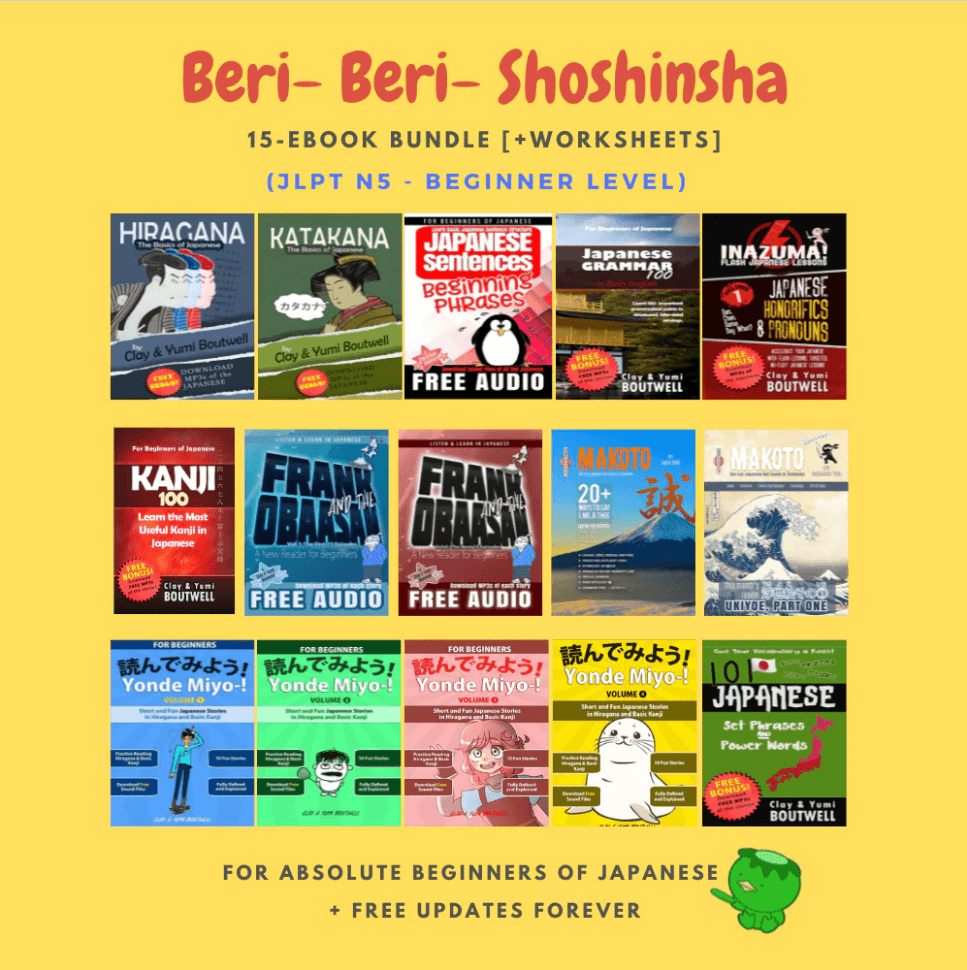Kanji: 泥 mud
JLPT N2 | 8 Strokes
泥
| On: デイ、 ナイ、 デ、 ニ Kun: どろ、 なず.む Meaning: mud; mire; adhere to |
Kanji Parts:
- 氵 water [radical form of 水]
- 尸 really, a corpse, but I prefer “flag”
- 匕 spoon or someone sitting
- 尼 (Buddhist) nun [hitting a corpse 尸 with a spoon 匕 during a rite or the nun sits 匕 under her flag 尸 to pray ]
Etymology:
A nun 尼 slips in water 氵 into mud.
Stroke Order:

Examples:
- 泥棒 thief; burglar; robber
- 泥沼 bog; marsh; swamp; quagmire
- 雲泥の差 wide difference; a world of difference
本物のダイヤモンドと、ガラスの偽物とでは輝きに雲泥の差がある。
The glitter of a real diamond is worlds apart from that of a glass fake.





